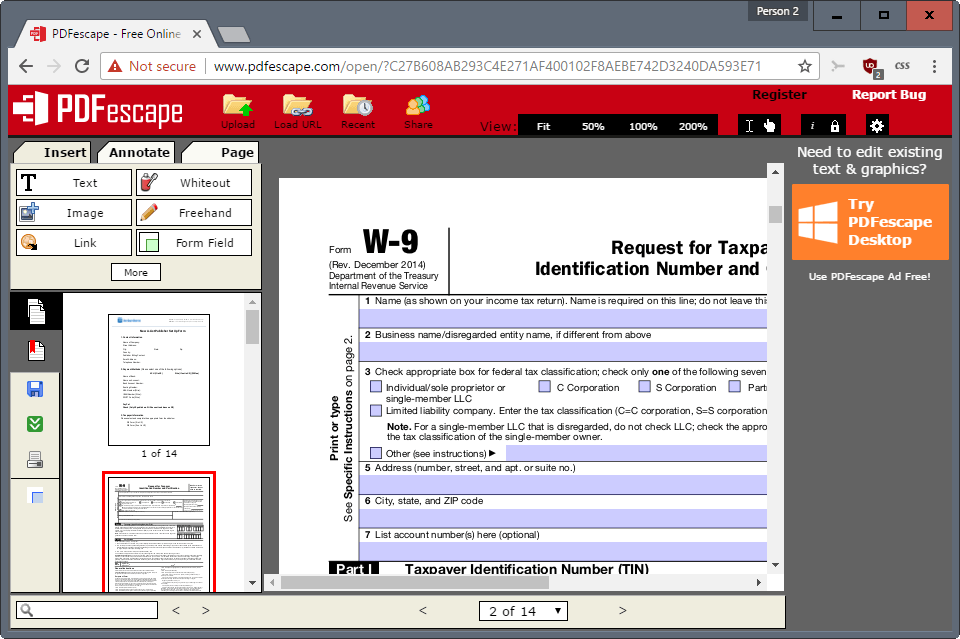

Set Application.Printer = Application.Printers("Acrobat PDFWriter") ' print the report - CHECK THE PRINTER NAME IS CORRECT
#ACROBAT PDFWRITER PDFFILENAME REGISTRY PDF#
' create the registry entry to set PDF path and filename Public Function PrintReportToPDF(strReport As String, strSave As String) As Boolean MsgBox "The report FAILED to print as a PDF file!", vbCritical, "PDF Failed" MsgBox "The report has been printed as " & vbCrLf & vbCrLf & _ If PrintReportToPDF("rpt_Employee", strSave) = True Then StrSave = "EmployeeList_" & Format(Date, "yyyymmdd") & ".PDF" You also need to check the exact name of the printer used by Adobe, as this can differ depending on the version. In order for this to work you must have a version of Adobe Acrobat installed. It then prints the report as a PDF file, which automatically clears the registry setting that you have added.
#ACROBAT PDFWRITER PDFFILENAME REGISTRY CODE#
This code creates a registry file which is merged into the registry. However in most corporate environments, the majority of users are restricted from updating the registry, so creating the keys directly (even via code) is not an option. If you are using Adobe Acrobat version 5 or earlier, this requires changing a registry setting in order to set the path and name of your PDF. There is a lot of information floating around re saving Access reports as PDF files. This code sets the name and path programmatically, so that you are not prompted for the filename. To save an Access report as a PDF file basically involves selecting "Acrobat PDFWriter" as your printer, then selecting the name and path for your PDF file.


 0 kommentar(er)
0 kommentar(er)
